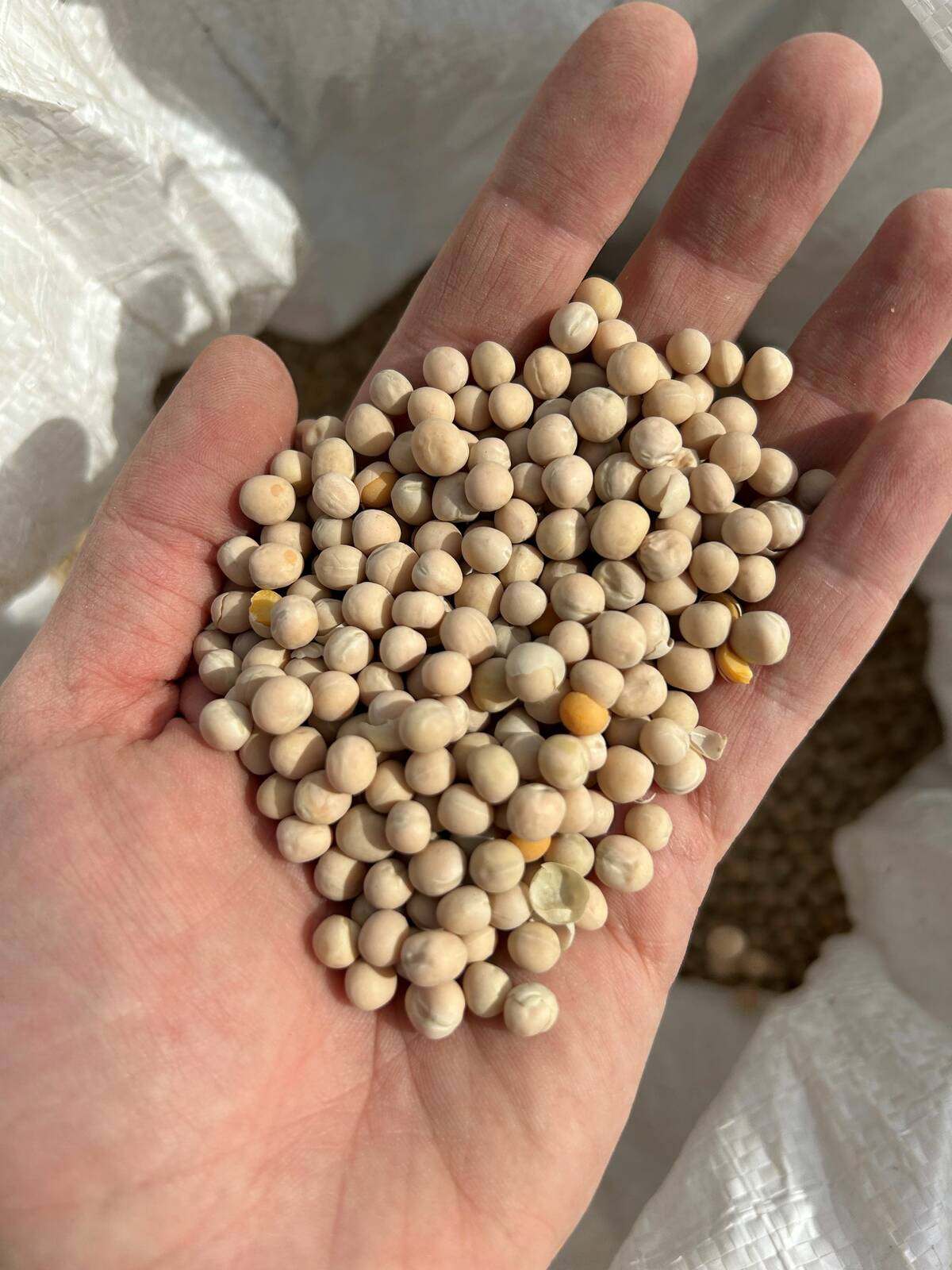Ontario researchers say the MRI technology they used to show an unopened Victorian-era bottle of wine was likely spiked with pure alcohol, to help add cocaine as an ingredient, could be a key to other non-invasive food analysis.
Magnetic resonance imaging (MRI) is far better known for its uses in human and veterinary medicine, but the University of Guelph suggests its research project may point food scientists to other potential uses.
Guelph food science professor Massimo Marcone used MRI to scan an 1895 bottle of Vin Mariani, a so-called "coca wine" developed and promoted by a Paris chemist, Angelo Mariani. Coca wines were known to be fortified with cocaine and marketed as a tonic.
Read Also

Pulse Weekly: No upside for peas until after New Year
Prices for green and yellow peas have dropped back across the Prairies over the last week. One of the major downward drivers was the Statistics Canada production report released earlier this month, said Levon Sargsyan of Johnston’s Grain in Calgary.
Marcone’s interest in Vin Mariani stems from the U.S. government’s move in the late 1800s to ban it, decades ahead of its prohibitions on cocaine and liquor, claiming the bottles were being mislabelled.
Vin Mariani was touted as a product of France, but the wine was actually prepared in New York, where the coca plant extract was added.
"Angelo Mariani would only say that he prepared the wine in the U.S., which could mean a lot of things like bottled, aerated, labelled — all things that would not constitute mislabelling a product," Marcone said in a Guelph release.
Intrigued by the wine’s story and the U.S. branding dispute, Marcone tracked down a 450-millilitre bottle of Vin Mariani that had been saved from a former drugstore and kept sealed since 1895, making it likely one of the few remaining intact.
To learn what was in the bottle, Marcone needed a way to determine its alcohol content, but "you can’t just uncork it," he said. "This would be destroying a piece of history."
Marcone said his research supports the U.S. government’s 19th-century prohibition of the product for mislabelling — although, he added, the government missed the point. "The wine was mislabelled, as I would have testified if I had been asked to stand before the courts of the day."
"Solvent"
Marcone worked with human kinetics student William Albabish and food science post-doc Sunan Wang, booking time on MRI equipment at Guelph’s Ontario Veterinary College and, later, on a larger MRI unit at a hospital in Hamilton.
With the MRI, Marcone said, "we can determine the alcohol content of a bottle of wine to less than one-per-cent variation."
The wine used to create Vin Mariani came from the Bordeaux region of France, so the Guelph researchers compared their bottle’s alcohol content with that of other Bordeauxs from the same time period.
Bordeaux wines then entering the U.S. were limited to 12 per cent alcohol by volume, but Marcone’s MRI analysis showed the Vin Mariani contained significantly more alcohol than its maker had claimed, even more than the 14 per cent "outliers" in a couple of the other Bordeauxs tested.
"If the alcohol content of Vin Mariani was higher than 14 per cent, then Vin Mariani was made by adding pure alcohol into which the cocaine was dissolved and then diluted into the wine," Marcone said.
"Pure alcohol would be a good intermediate solvent to dissolve the cocaine into the wine. We have shown that in all probability Angelo Mariani used this method, something he never admitted to (U.S.) food and drug authorities."
"Non-destructive"
The Guelph researchers are now writing a paper on the project. Marcone also plans to include the story in a book about foods with psychoactive effects.
Cheaper imaging techniques, he said, may make MRI and related technologies more common in analyzing foods. "This is not only about the history of food but how to use MRI to analyze foods in a non-destructive way."
Vin Mariani, first developed in 1863, was marketed in Europe and the U.S. for purported relief of symptoms such as "brain exhaustion," nervous depression, sleeplessness and voice fatigue.
The label of the 1895 bottle, which is now stored in a safe in Marcone’s lab, repeats Mariani’s claim for European provenance and also includes a recommended dosage: one claret-glassful with meals for adults, and half that amount for children.














